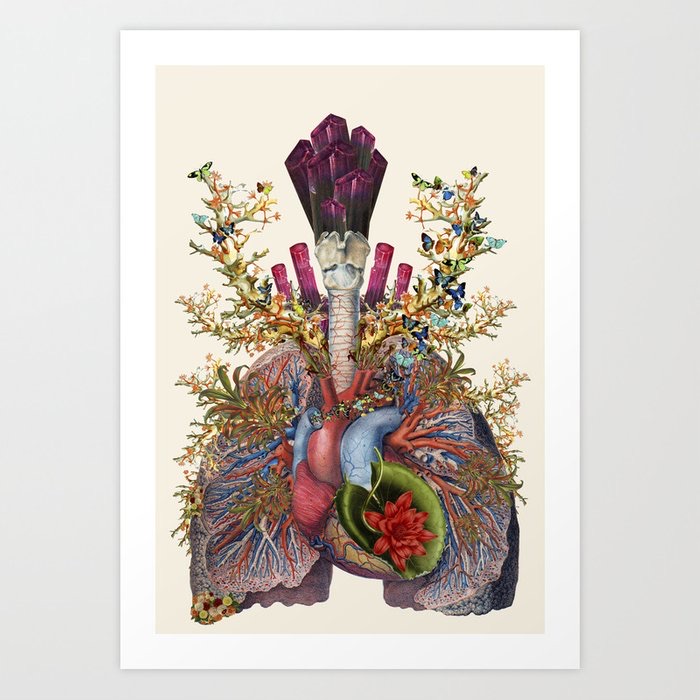
As I write this, my acupuncture practice is on hold while we attempt to ‘flatten the curve’ of the covid-19 transmission. While my herbal consultations are still available via online meeting platforms, I know that some people at home are feeling vulnerable and are seeking empowering ways they can work with their health. As of now, the instructions from many doctors are to stay home if you have a fever, and only come to the hospital if you are under respiratory distress. What about that in between time? To me, this crisis highlights the fact that our ancestral ways of being in charge of our own health and healing have been purposely taken away, leaving us too vulnerable to a health system that is not only resting on a house of cards, but also where the very root of staying healthy is seen as a continual war between ‘me’ and ‘other’. As an herbalist trained in the Classical Chinese methodology, I am also committed to encouraging a relationship with our local medicine.
I love Chinese herbal medicine because of the long lineages of use and efficacy. It is beautiful insofar as it is truly wholistic, defining health as the proper functioning of the life force as it comes ‘up and out’ and ‘in and down’ in a constant cycle. Life (including viruses) comes into us because we are interdependent systems necessarily permeable to the world. Health is the proper functioning of those processes that assimilates what is needed, eliminating the rest though urination, bowel movements, and sweating. The immune system in Chinese medicine is that whole cycle functioning properly. Symptoms appear when that cycle gets interrupted. The symptoms tell us where in the cycle the dynamic is not flowing smoothly. This is very different than Western medicine, and even Western herbalism. That is why with Chinese herbalism, we cannot say ‘here is the covid-19 herbal formula’. We don’t treat the virus…we treat the person to be able to process the virus.
But there are ways that Chinese herbalism is not accessible to all. What if everyone is home and not able to talk with a skilled practitioner on the phone? Or can’t afford to? Or couldn’t get to the clinic to pick up herbs?
In these moments we can turn to the relationship with our local landscape. Since the dawn of humanity, we have been in relationship with the plants, animals, rocks and fungi, tending them and in turn being tended by them. This is our ancestral right that has been slowly cut off by colonial systems of ‘power over’. Let us use our experience with covid-19 to ignite a movement towards re-establishing right relationship between our human selves and our local earth dwellers. I highly recommend the book Braiding Sweetgrass by Robin Wall Kimmerer as a place to start .
But now, in late March when we are asked to come into relationship with this virus, when snow is still on the ground in some places, what medicine is available?
Enter White Pine, or Pinus strobus.
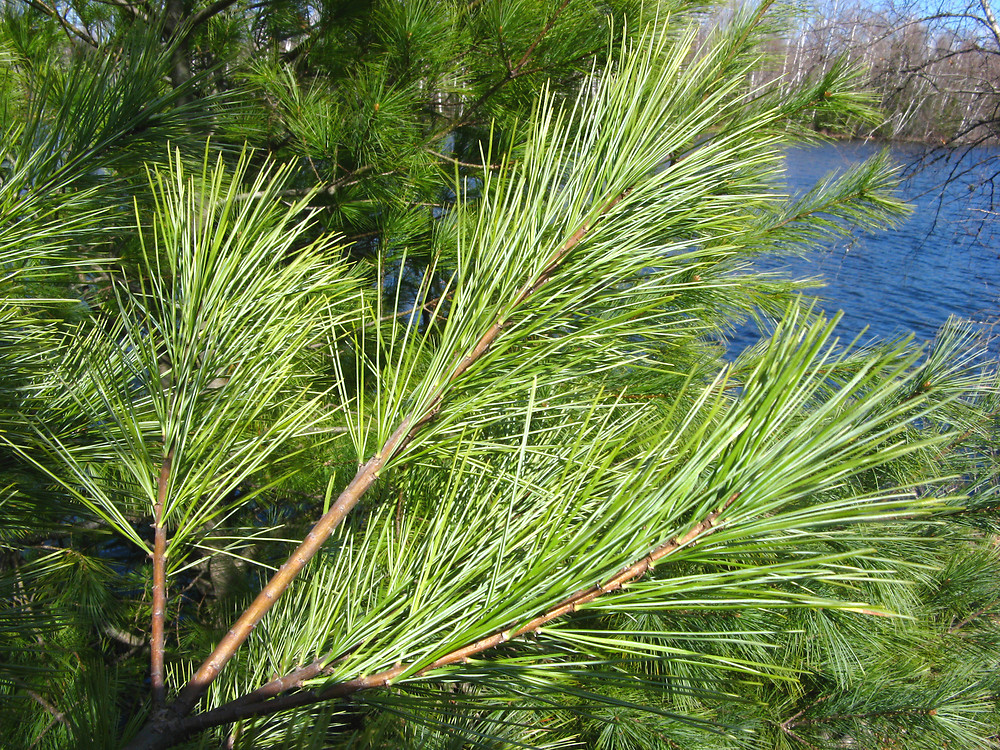
Pinus is a genus of coniferous evergreen trees with over 144 species. Pinus strobus (Eastern White Pine) is the botanical name to use in order to find just the right species of pine in your books and online. Use a tree or plant ID book if you have that, and there is so much information online identifying an Eastern White Pine. The easiest things to look for are the five needles that come out of every fascicle on the very bendable branches. They live all around us here in Northeast New England, and their medicine is available to us all year round. That is what makes white pine a potent herbal ally during this time of early spring when there is not much else growing. It is warming and stimulating and indicated for coughs and phlegm stuck deep in the Lungs. It contains high amounts of vitamin C. It is soothing and lovely and I do believe will be a great friend to us in the next few months.
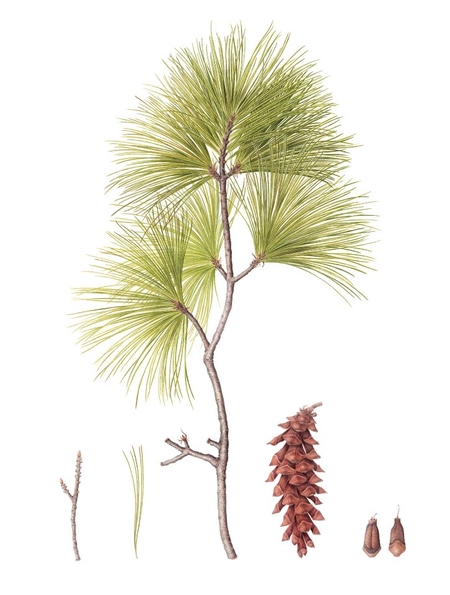
Here are some western scientific terms that are associated with white pine. Pine is: ‘stimulating antiseptic’ when there is ‘tendency to low oxygenation’. It is a mild relaxant. It is ‘used in respiratory infections when the phlegm in viscid, hardened green and difficult to raise’. Matthew Wood says that the pine’s resins attach themselves to the mucus to draw it out. He also suggests that for pulmonary uses, it is better to make a strong tea by ‘boiling the inner bark slowly to release the resins, or to chew on the pitch.’ (1). Jade Alicandro Mace, a local bioregionalist herbalist, has a wonderful monograph of White Pine where she writes in depth about all of the medicinal properties. Please check it out if you want to read more.
When things ramped up and when the schools were first called off, I made this video. It is a very amateur video, as you can see by the fact that I shot most of it in a vertical position! Oh well. My point is to get it out to you quickly so you can make this soon! It is so tempting to want to make it just right but I am going to resist.
Look online for recipes of how to boil the needles to make tea, or the inner bark to have the medicine go deeper into the Lungs. Don’t hesitate to email me with any questions. Take care, my friends!
And the disclaimer: please use your common sense and call your doctor if you have questions about how you feel. They will run through a list of questions to see if you should come in and be tested.
- Wood, Matthew, The Earthwise Herbal, vol ii. North Atlantic Books, 2009.

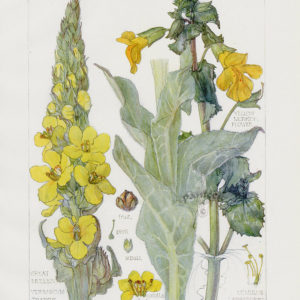


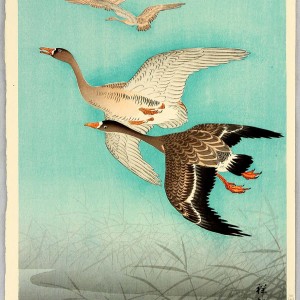
Leave a Reply